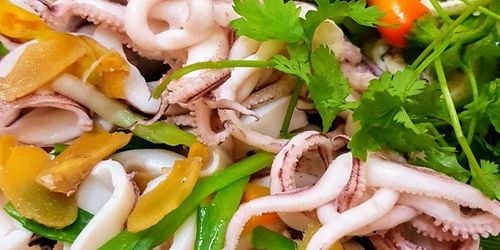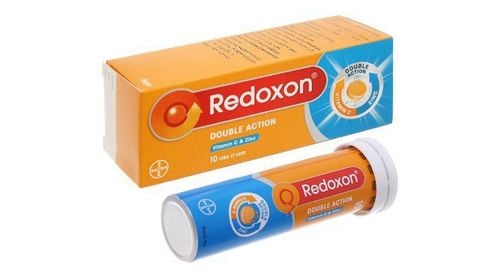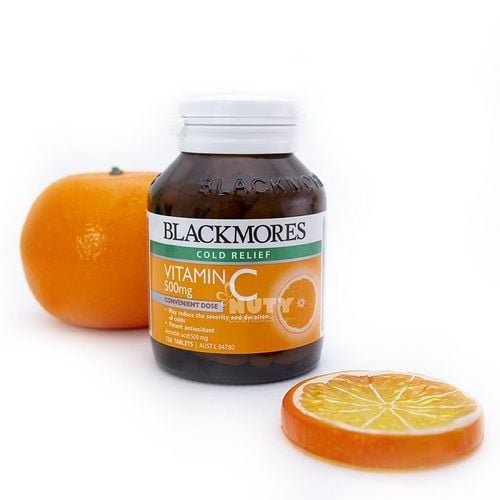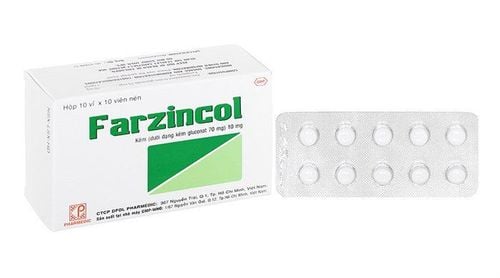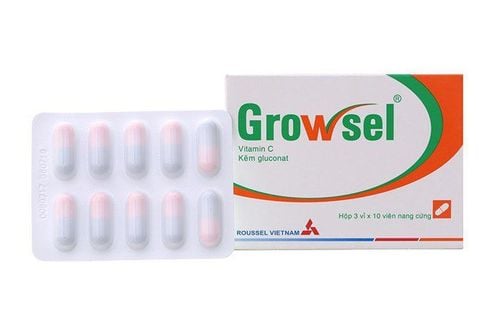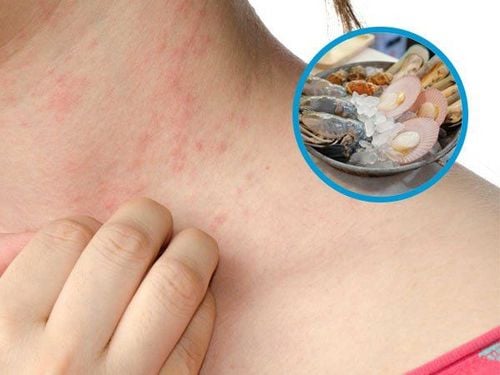This is an automatically translated article.
Copper is an essential mineral for the body to maintain good health. Copper plays a role in the formation of red blood cells, bones, tissues, and several important enzymes. At the same time, it contributes to cholesterol processing, supports the immune system and the development of the baby in the womb. Although required in very small amounts, copper is an essential nutrient for the body and should be obtained through many dietary sources.1. Gan
Organ meats, such as liver, are a nutritious food source. These foods provide a large amount of nutrients, including vitamin B12, vitamin A, riboflavin (B2), folate (B9), iron and choline.
In it, liver also contains a large amount of copper. In fact, one slice (67 grams) of calf liver provides 10.3 mg of copper equivalent to 1.144% of the Reference Daily Intake (RDI). However, high levels of vitamin A in the liver can harm an unborn baby. Therefore, pregnant women should avoid foods rich in Vitamin A such as liver.
To enjoy the liver, users can fry it with onions or use it with burgers and stews.

Gan là thực phẩm có chứa hàm lượng đồng lớn
2. Oysters
Oysters are a shellfish commonly considered a premium dish, which can be served cooked or raw, depending on the preference of the user. This seafood is low in calories and high in essential nutrients like zinc, selenium and vitamin B12.
Additionally, oysters are a good source of copper, up to 7.6 mg per 3.5 ounces (100 grams) equivalent to 844% of the RDI.
Many people often worry about eating oysters and other shellfish can increase cholesterol content. However, unless the user has cholesterol-related conditions in a rare, inherited condition, the cholesterol found in oysters is unlikely to raise blood cholesterol levels.
However, the consumption of raw oysters carries a risk of food poisoning, so it is recommended for pregnant women and people with weakened immune systems.
3. Spirulina
Spirulina is a powdered food supplement made from cyanobacteria or blue-green algae. Once consumed by the ancient Aztecs, the product re-emerged as a health food after it was successfully used by NASA as a dietary supplement for astronauts.
Spirulina is a nutritious food source, one tablespoon (7 grams) contains only 20 calories but contains 4 grams of protein, 25% RDI vitamin B2 (riboflavin), 17% RDI vitamin B1 (thiamine) and about 11% RDI iron . The same rations provide 44% of the copper RDI.
Spirulina is often mixed with water to give the drink a green color. However, users can add other smoothies to mask the unique taste of algae.
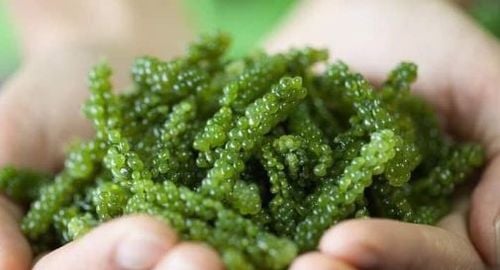
Tảo xoắn có nhiều công dụng
4. Shiitake mushrooms
Shiitake mushroom is a type of mushroom native to East Asia that has a distinct flavor. A serving of 4 dried shiitake mushrooms (15 grams) provides 44 calories, 2 grams of fiber and a variety of other nutrients, including selenium, manganese, zinc, folate and vitamins B5, B1, B6, D and 89% RDI copper.
5. Nuts
Nuts are often known for their remarkable nutritional values. Nuts are high in fiber, protein, and healthy fats, as well as other nutrients.
Although the nutritional value of each type of nut is different, yes, many contain significant amounts of copper.
For example, 1 ounce (28 grams) of almonds or cashews contains 33% and 67% of the RDI copper, respectively.
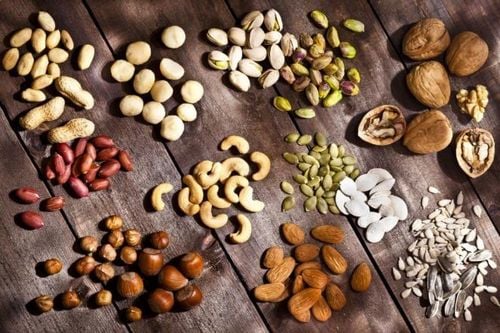
Đồng có thể được tìm trong các loại hạt
6. Lobster
Additionally, one tablespoon (9 grams) of sesame seeds contains 44% of the RDI of copper.
Lobster is a large, fleshy shellfish that lives on the bottom of the sea. Lobster's thickness and succulence make this seafood a popular source of nutrients for soups. porridge. Lobster meat is low in fat, high in protein and packed with vitamins and minerals, including selenium and vitamin B12 as well as copper. In fact, a 3-ounce (85-gram) lobster contains 178% of the RDI of copper.
7. Green vegetables
Green leafy vegetables like spinach, kale and Swiss chard are said to have a lot of healthy nutrients, like fiber, vitamin K, calcium, magnesium and folate along with minimal calories.
Many green leafy vegetables contain large amounts of copper such as Swiss chard when cooked providing 33% of the RDI of copper in a 173-gram serving. Similarly, one cup (180 grams) of cooked spinach covers 33% of the RDI.
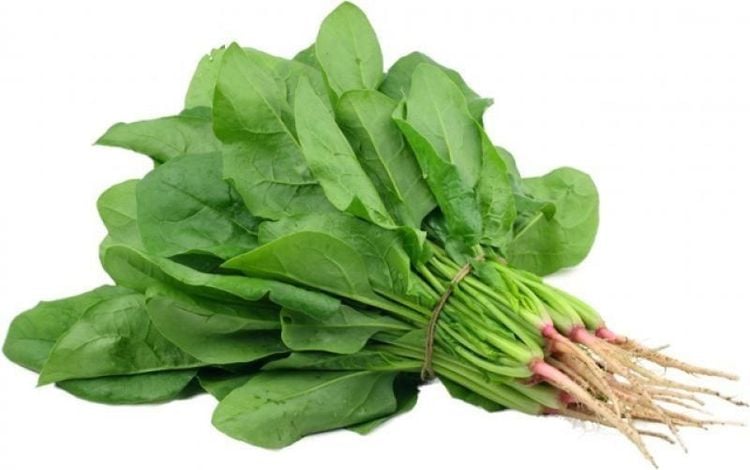
Rau bina chứa rất nhiều chất dinh dưỡng
8. Dark Chocolate
Dark chocolate contains higher amounts of cocoa solids - as well as less milk and sugar than regular chocolate.
Dark chocolate is well known for its high levels of antioxidants, fiber and some nutrients. For example, a 3.5-ounce (100-gram) bar of dark chocolate, with 70% to 85% cocoa provides up to 11 grams of fiber, 98% of the RDI for manganese, 67% of the RDI for iron, especially 200% of the RDI for copper.
Furthermore, consuming dark chocolate as part of a diet has been shown to be associated with improvements in several risk factors for heart disease.
Please dial HOTLINE for more information or register for an appointment HERE. Download MyVinmec app to make appointments faster and to manage your bookings easily.
Reference article Healthline.com




